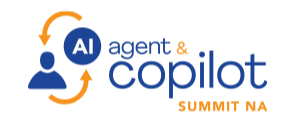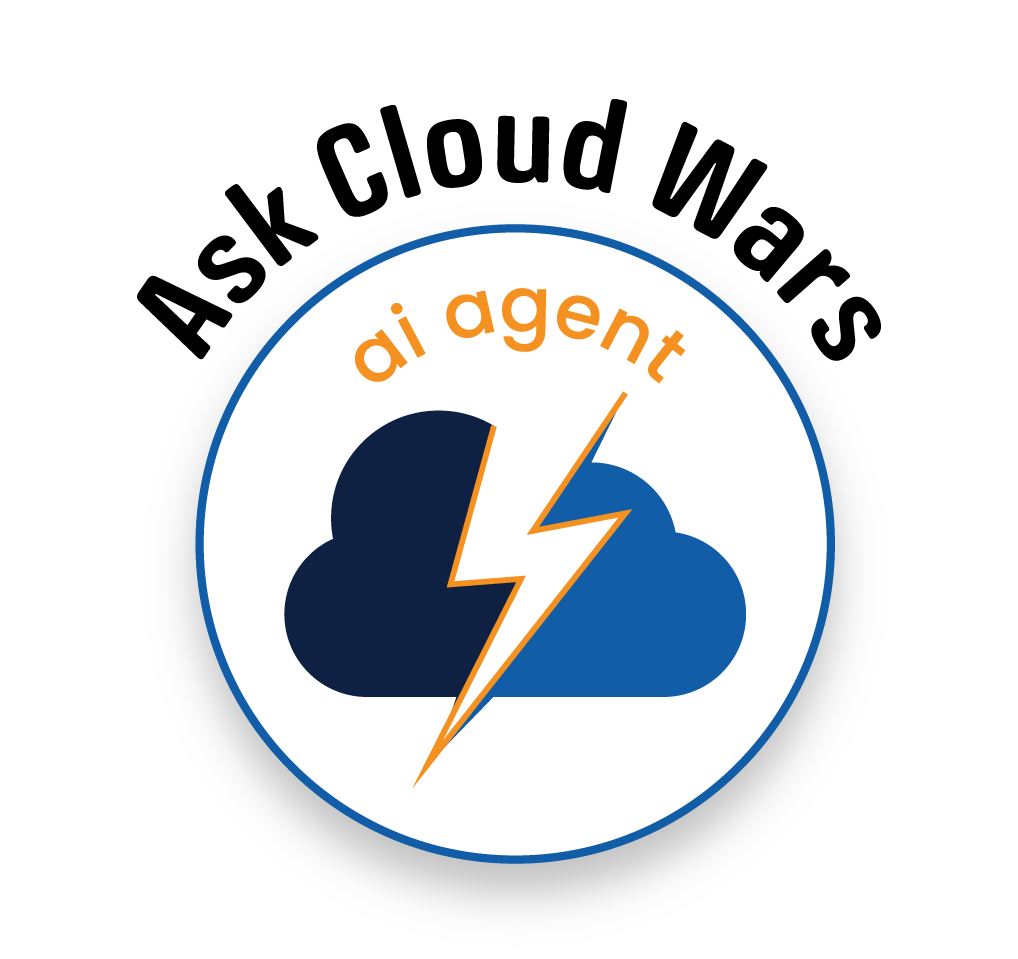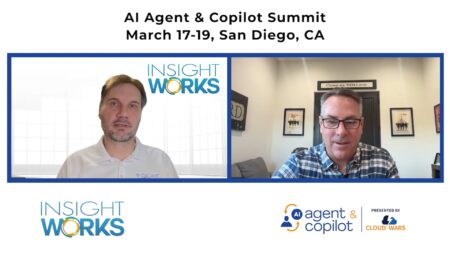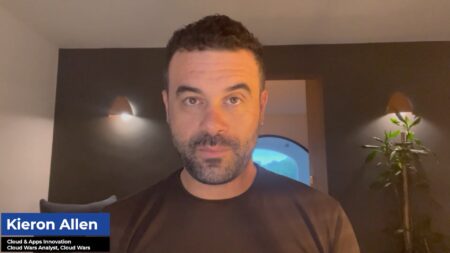
While two of the world’s largest enterprise-apps companies share bullish outlooks for the power and potential of AI agents, Microsoft and Oracle have wildly different visions for how customers will buy, deploy, and engage with these transformational technologies.
Microsoft believes that agents and business applications are and will remain separate entities, with agents quickly taking over many functions now managed by apps and thereby relegating applications to a background role that Microsoft has said is comparable to that played by mainframes. For more on that, please see my recent video interview with Microsoft corporate VP Charles Lamanna as well as my analysis of the impact made by Salesforce’s all-in commitment to agents: “Satya Nadella Bends the Knee to Marc Benioff on Rise of Agents.”
Conversely, in a Cloud Wars video interview late last week, Oracle executive vice-president Steve Miranda stated categorically that Oracle’s AI agents are built directly into Oracle’s applications and are inextricably fused with the applications, rather than functioning as separate services as is the case with Microsoft.
The wildly divergent strategies being deployed by Microsoft and Oracle raise a few vital issues:
- Separate or fully integrated: Which approach will customers prefer?
- Hybrid model? Will customers go with a mix of both approaches, or will that lead to too much integration and too many workarounds?
- Pricing differences: Microsoft charges for its discrete agents, whereas Oracle is bundling its agents directly into its applications and does not charge an incremental price or fee for those agents.
The full impact of those questions won’t be felt for some time because while the potential of AI agents is clearly enormous, the vast majority of business customers have only scratched the surface with deployments. On top of that, most of the Cloud Wars Top 10 vendors have committed philosophically to agents but have only begun rolling out actual services. So as SAP and Workday and ServiceNow and Google Cloud join Oracle and Microsoft and Salesforce in what will surely be a massive rollout of agents touching the end-to-end processes of every large and mid-sized business, we will see if the prevailing model is to offer agents as separate from apps — the Microsoft model — or as inextricably integrated, a la Oracle.

AI Agent & Copilot Summit is an AI-first event to define opportunities, impact, and outcomes with Microsoft Copilot and agents. Building on its 2025 success, the 2026 event takes place March 17-19 in San Diego. Get more details.
And therein lies the first major battle of the Agent Wars.
On the Oracle side, Miranda said the decision to fuse agents and agent technology into Oracle’s applications was easy because it simply represents another step in how Oracle has incorporated new technologies into its products for the past few decades. (See my full interview with Oracle EVP Steve Miranda here).
“Our view is AI and now AI agents and agent frameworks are really very significant, but they’re also the latest evolution of technology that further helps businesses automate their operations, which is what we provide as part of our business applications,” Miranda said.
“So more than the ‘interplay’ between agents and apps, we view it as AI agents are very quickly becoming fundamental parts of the applications themselves, and in fact, in some places are already starting to either supplement or in some cases totally replace the way the business process works today, or totally evolves the way the business process works today.
It’s a very, very dramatic and very important evolution of technology — but when you say ‘interplay,’ we don’t really view it that way,” Miranda said.
“It’s a little bit like, ‘What was the interplay with the internet and business applications?’ That was a fundamental transformation as we went from a client-server or green screen — whatever generation you were on — over a SaaS application. This is that same level of fundamental difference.”
To ensure the Oracle approach is clear, Miranda laid it out in plain terms.
“It’s not that there’s business applications over here and there’s AI agents over there. We are building AI agents into our business applications — it is the way they work. It is included in our customers’ applications, and it is leveraging the latest technology to help our customers better automate and run their business.”
Contrast that with what Microsoft corporate VP Lamanna said in our recent coversation about the new role that apps will take as AI agents proliferate. Here’s an excerpt from a recent analysis by my colleague Kieron Allen headlined, “Microsoft’s Charles Lamanna: How AI Agents and Copilots Drive Business Transformation:”
“These business applications, which used to be at the center of the sales department, the finance department, the operations team, they’re going to fade away a little bit,” Lamanna says. “You still need that system of record. You still need that information, but you probably shouldn’t be sending people there anymore, and you probably shouldn’t be thinking about workflows and processes for just people, but instead people powered by Copilot and supported by agents.”
Hence Lamanna’s statement that AI is “completely” changing the way we work.
To achieve the best business outcomes, explains Lamanna, customers need to enhance the things that already work well in their business. “You already know the business outcomes that matter. There’s already metrics that you track. Just go to those metrics and apply AI there,” he says. For instance, if you’re a retailer aiming to reduce costs, apply AI to that goal. If you run a high-end hotel, the focus could be on applying AI to transform guest experience.
Both Sides Agree: Customers Will Build LOTS of Agents
Lamanna said it won’t be long before there are many millions and then billions of agents at work in the global economy, and Miranda’s perspective echoed that.
“We have an extensible agent platform — so does that mean that we’re going to build all the agents that every one of our customers need? Absolutely not,” Miranda said.
“Does that mean we’ll always build all the agents in a way that work for every single use case? Absolutely not.
“Today, we have the platform underneath that allows our customers to extend those agents, to personalize them, whether that’s industry-specific, or whether that’s sort of last-mile changes that adds a particular nuance to a customer in what is their sweet spot,” Miranda said.
“And I think what’s really exciting here is that the agents and their approachability, if you will, or their ease of use, is kind of democratizing some of the technology,” he said.
“And by embedding the agents into the applications, I think it makes them much, much, much more useful to our clients.” To gain a better sense of Oracle’s view on industry-specific agents and how agents should be priced and related matters, please be sure to check out my complete interview with Steve Miranda here.
Final Thought
As the Agent Wars heat up, I’m eager to share some upcoming conversations with executives from Workday and SAP about their views on agents and applications in yet another example of how the high-stakes and truly intense competition among the Cloud Wars Top 10 companies yields incredible choice and innovation and value for business customers.
And I can say here without fear of successful contradiction that in the Agent Wars — just as in the Cloud Wars — the big vendors will certainly do very well, but the biggest winners of all will be the customers.
Ask Cloud Wars AI Agent about this analysis











